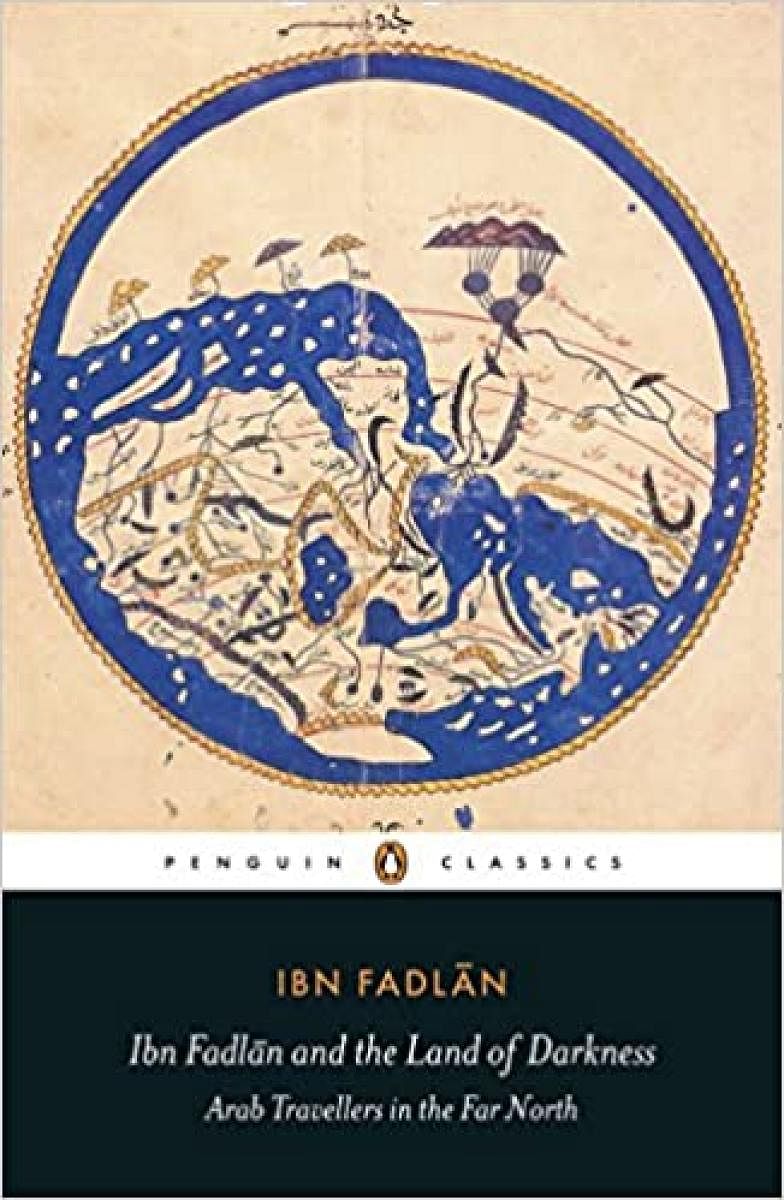
A Viking funeral, as depicted on screen over the years, is something quite morbidly marvellous to behold. The dead warrior is laid in a boat and pushed on to a river and an archer is then entrusted to shoot a flaming arrow into the moving target — so that the whole pyre goes up in flames at one shot.
We have a historical account of such a funeral not from the actual Vikings — they were not a
tribe anxious to document all their doings for posterity — but from an unexpected source, an
Arab traveller named Ibn Fadlan.
If it had not been for Ibn Fadlan and other Arab traders and envoys of his time, an entire era of European history would have gone undocumented and, one suspects, a large swathe of
Nordic-inspired fantasy sagas of our time would have gone unwritten.
In 922 AD, Ibn Fadlan, who was from Baghdad, was on a mission to meet with the leader of the Bulghars. Somewhere in the upper reaches of the Volga river, he met with a party of Viking traders and fell in with the group on their travels. He — like other Arab travellers such
as Ibn Battuta — was meticulous about writing down the cultural minutiae of the various nationalities and races he encountered. In his report, he described in detail the Viking customs, dress, religious and sexual practices and more. As you read his short, matter-of- fact text interspersed with conversations he has with these people whose customs alternately fascinate and horrify him, you realise that what you get from the popular accounts of Viking raiders through modern media is unforgivably romanticised to meet a comic book hero ideal.
The mass rapes and murder of slave women that accompany the funerals of warriors is gut-wrenching to read and should come accompanied by every possible content and trigger warning.
The Penguin Classics edition of Ibn Fadlan and the Land of Darkness, translated by Paul Lunde and Caroline Stone, also includes the travelogue of another Arab traveller, Abu Hamid al-Andalusi al-Gharnati, who made his own excursions into Russia and Europe two centuries later. Abu Hamid traversed some of the same regions as his predecessor and the passage of time is marked by the changes in the cultural identity of the region, with the spread of Islam and the Arab empire. It is fascinating to note, through these contemporary historical narratives, the spread of urbanisation and how the remote and nomadic tribes Ibn Fadlan had met in his travels had settled down to trading with far-flung markets like India and China by the time Abu Hamid encountered them.
The final third of the book is a compilation of passages and anecdotes from other Arab chroniclers between the 10th and 14th centuries. These vanished worlds come alive in the pages of this book — cold, violent, stinking, unforgiving, and yet, filled with an openness to observe and understand what makes us so different from each other and the common ground on which we can bond as humans.
The author is a Bangalore-based writer and communications professional with many published short stories and essays to her credit.
That One Book is a fortnightly column that does exactly what it says — takes up one great classic and tells you why it is (still) great. Come, raid the bookshelves with us.